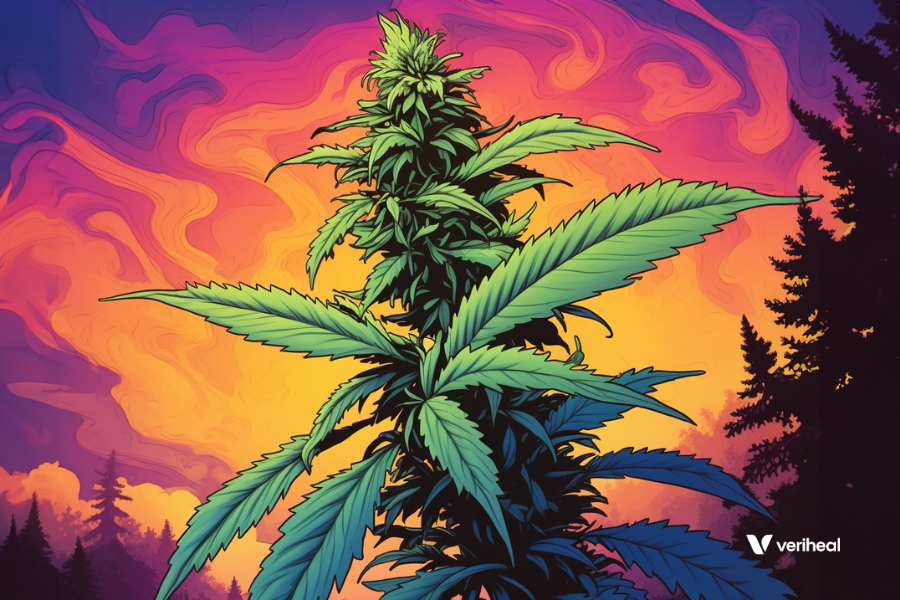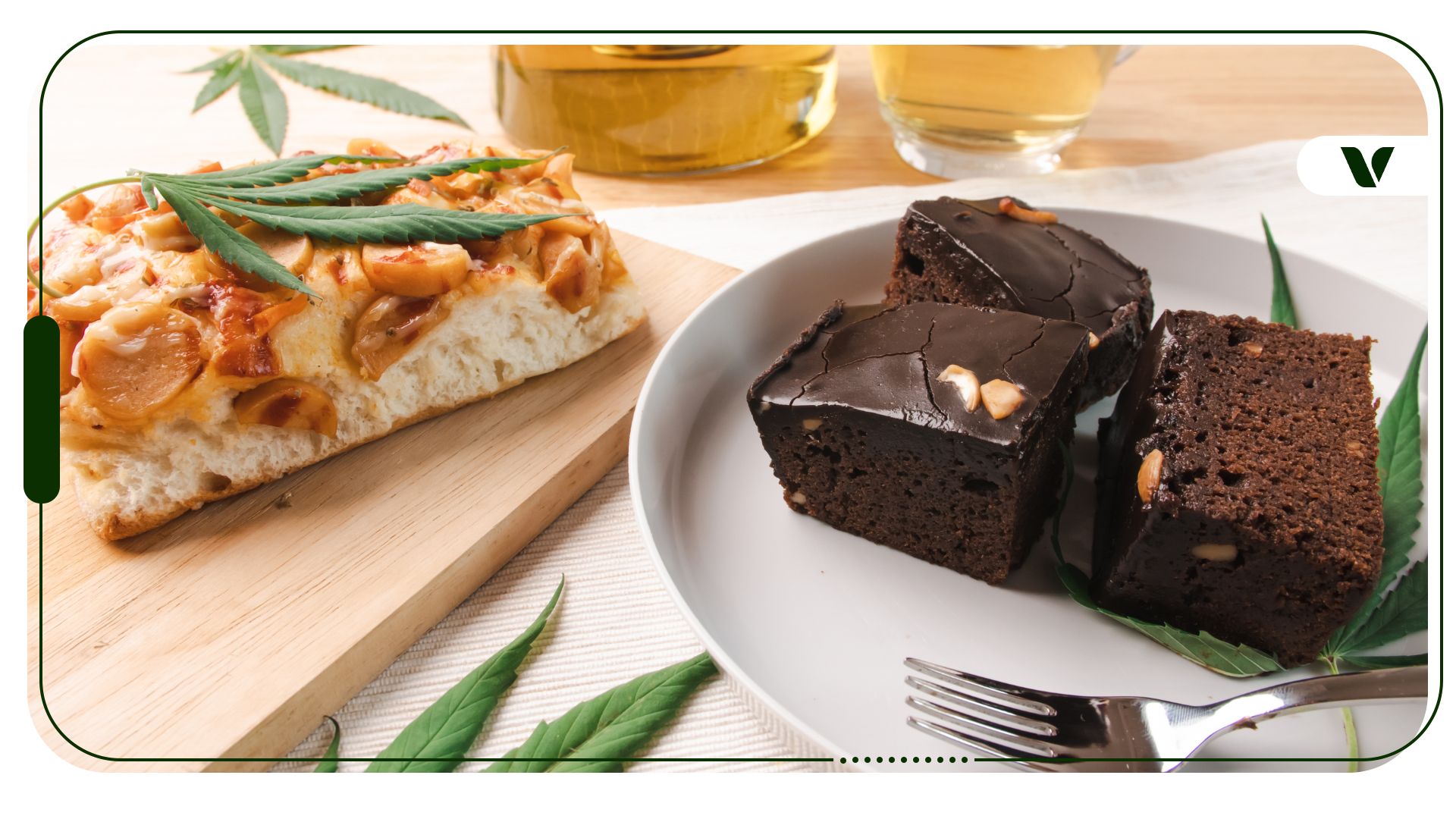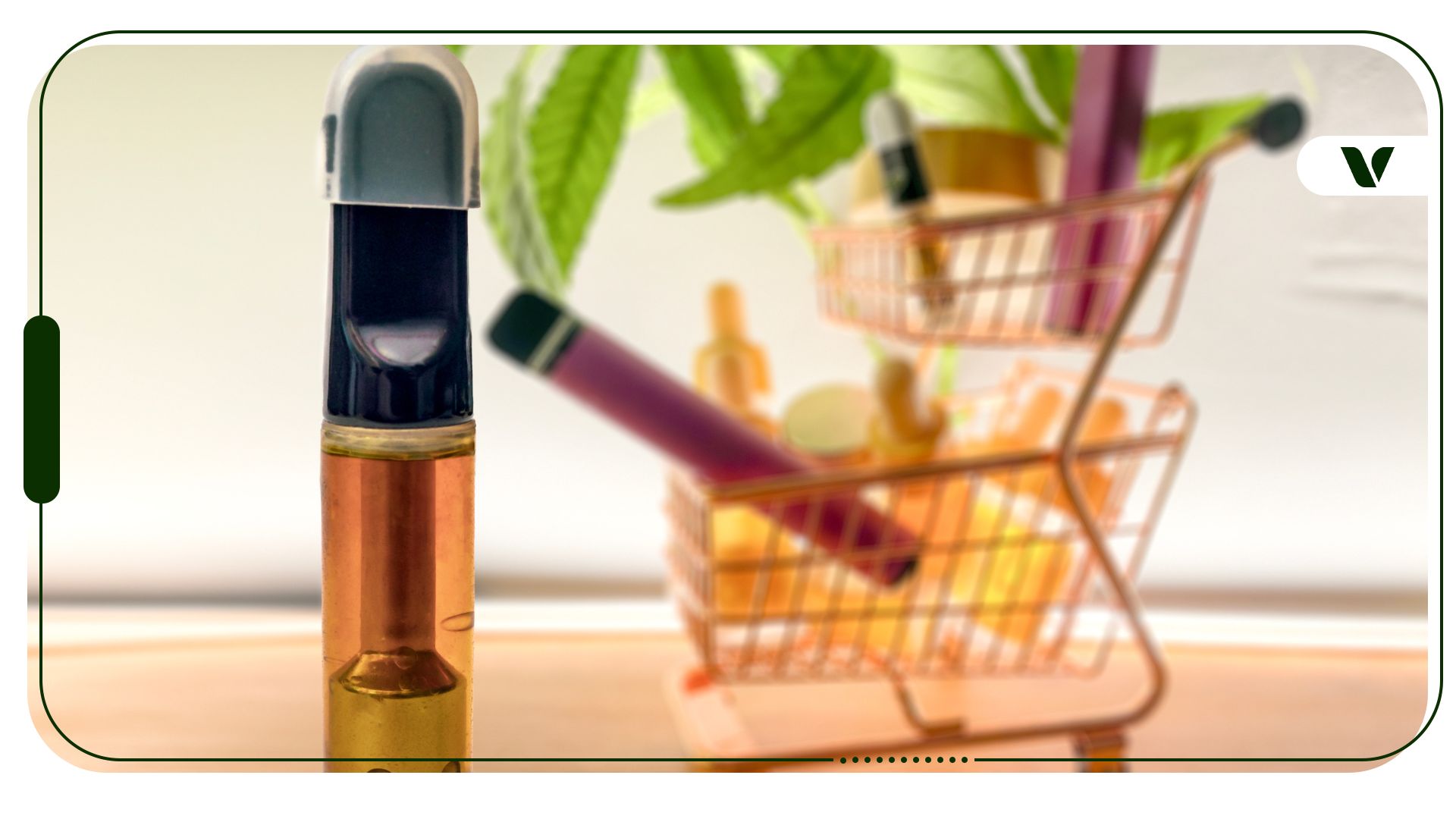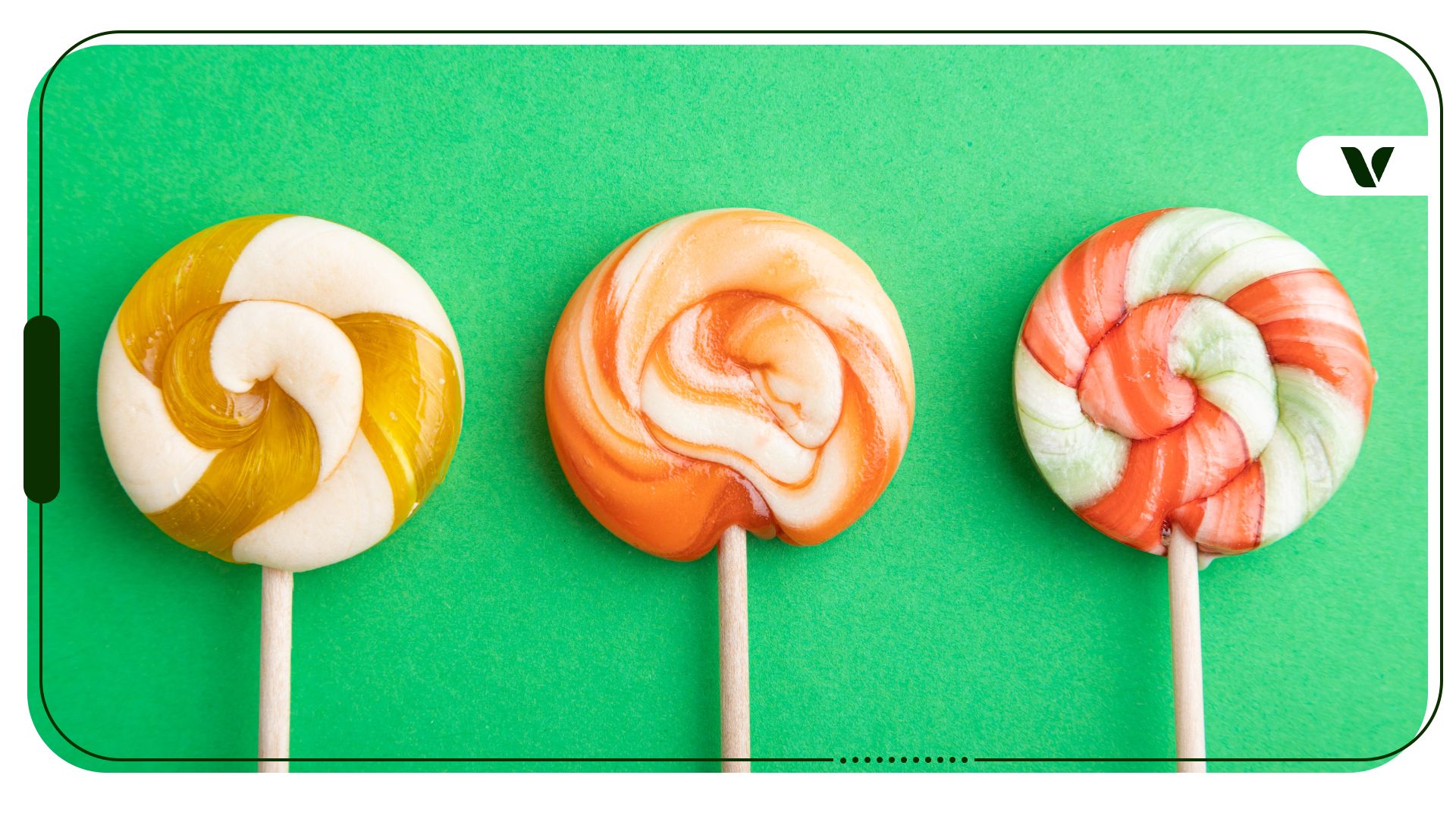Flowering cannabis plants is a process that refers to the stage of growth where buds start to develop. Cannabis goes through three primary stages of growth, germination, vegetative, and flowering, before being ready for harvest and curing. To understand how and when to flower your cannabis plant, you need a full understanding of the vegetative (veg) cycle.
A Vegetative Cycle Quick Glance
Germination takes 5-10 days at the most and can be done using a damp paper towel and a plastic bag or by planting a seed directly into the soil. Once the seedling in the soil has sprouted, the veg cycle begins. The veg cycle is when a plant gets its height and branches. It’s during this time that topping and training of the plant are performed. A mild wind from a fan on young plants indoors can also be beneficial during the veg state as it helps simulate wind in nature that, in return, strengthens the stems and stalks of cannabis plants.
During the veg cycle, the PH level of the soil of your cannabis plant differs from where it should be during the flowering cycle. During veg, the suggested PH level of the soil is between 6-7. This can be measured with a meter that goes directly into the soil or by testing run-off water with a handheld PH meter.
The nitrogen, phosphorous, and potassium (NPK) levels are critical in the performance of a cannabis plant and are crucial during both the veg and flowering stages. To get the best results, there is some basic science to it, though every grower seems to have a different approach. During the veg stage, nitrogen is essential in helping develop healthy roots. This is essential as a healthy root system helps plants to thrive. During the veg stage, try running an NPK ratio of 3:1:1 and adjust as needed.
How to Flower a Cannabis Plant
Flowering cannabis plants doesn’t happen naturally unless you plant it outdoors at the right time of year. Outdoor cannabis plants are planted in early to late spring, depending on the environment, and harvested in fall sometime between mid to late October into the beginning of November. Many people harvest cannabis plants using the harvest moon as a guide, though this isn’t always the best time.
The reason cannabis plants switch into the flowering cycle is not because of the amount of time they’ve been growing but rather because of the change in the natural light cycle. During summer months, the days are long, and as winter approaches, the days begin to shorten. According to Calendar Updates, “In the United States, there are only about 9½ hours of daylight on the first day of winter and about 14½ hours of daylight on the first day of summer. During the summer months, the further north you go, the arc of solar travel between sunrise and sunset lengthens, and the amount of daylight increases.”
When growing cannabis indoors, to initiate the flowering cycle, you set your light cycle to 12/12. Twelve hours of light and twelve hours of darkness. This will signal to the plant that winter is coming, and the plant will start to flower.
Flowering Cannabis Plants Require More Than a Lighting Change
When it’s time to switch your light cycle to flowering, it’s also time to adjust how plants are fed. During the veg cycle, plants require different nutrients than they do during flowering. One nutrient that is very beneficial to flowering cannabis is sugar. You might think this helps the cannabis taste sweeter, but that’s not exactly how it works.
Why You Should Get Your Medical Marijuana Card
Veriheal has satisfied millions of patients nationwide by giving them access to these benefits
- Larger purchase limits
- Peace of mind
- Enhanced legal protection
- Access to higher potency strains
- Save up to 25% on cannabis purchases
- Skip the line at the dispensary
Adding sugar in the form of blackstrap molasses made at home or purchased already mixed helps give indoor plants a much-needed burst of energy. This increase in energy helps the plant perform better in return, enhancing qualities of flavor, potency, and yield.
When it comes time to make the switch to the flowering cycle, the NPK levels should be changed, too. According to Amsterdam Genetics, “Roughly speaking, NPK ratios of 3:1:1 are best for any cannabis strain throughout the growth stage. Once the plants start to flower, nitrogen percentages should be lowered as potassium and phosphorus levels increase. Early flowering calls for a 1:3:2 ratio; late flowering requires 0:3:3 instead.”
When it comes to the flowering cycle, like with the changes to lighting and nutrients, there are also expected changes to the PH level in the soil. During the flowering cycle, the PH level should be a little bit higher than in veg, coming in between 6.5 and 7.5.
During the flowering cycle, many growers choose to slowly remove larger fan leaves and leaves on the lower branches to force the nutrients and growth to go to the buds rather than the leaves. It is essential not to strip your plant of its foliage, however, as it is required for photosynthesis.
As plants approach the final two weeks of flowering, it’s time to stop the use of NPK supplements and begin to flush plants by feeding them only water. The idea is to run enough water through the soil to wash the nutrients out of it. This makes the plant use up nutrients it has stored from growth, resulting in cleaner, more potent, and better-tasting cannabis.
Signs of Dangers to Look for When Flowering Cannabis
For optimum harvest of flowering cannabis plants, it’s important to keep a close eye on cannabis plants during all stages of growth. Things could be going beautifully for you, and then suddenly, you get an outbreak of nasty little pests like spider mites. Or you start seeing nutrient deficiencies or proficiencies. Issues with iron, calcium, magnesium, and other nutrients are common and easily identifiable when you know what to look for and how to look for it.
You can look up signs of nutrient deficiencies in cannabis leaves online, and you’ll find helpful information in identifying any issues you may be having. Plants with issues show signs like yellowing, rusty-looking dry, brittle leaves, spots, spine discoloration, eagle-clawed leaves, and more. To increase your chances of a bountiful harvest of quality buds, you’ll also want to do things like add CO2 to your grow and learn about different training techniques like low-stress training (LST). As with all things cannabis cultivation, the more you grow, the more you’ll know!
Interested in growing your own medical cannabis? Sign up for an appointment with a medical marijuana doctor today.
Author, Share & Comments







